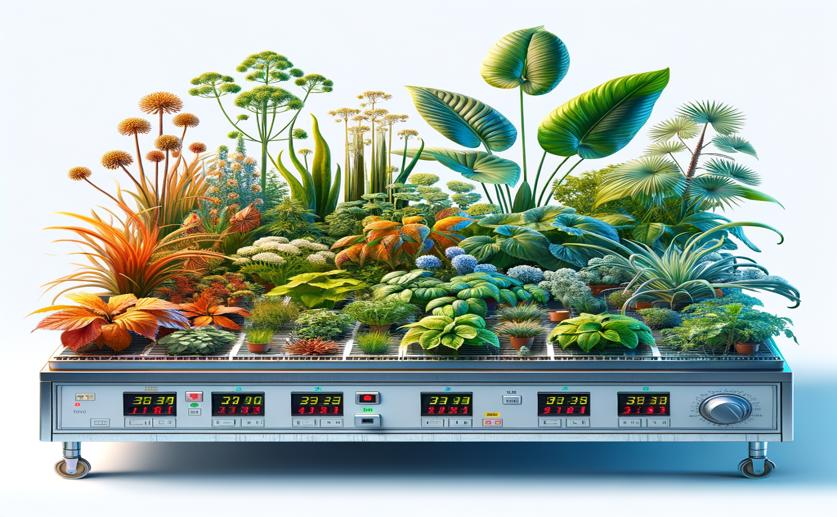
How Plants Respond to Different Temperatures Using a Special Heat Table
Greg Howard
30th July, 2024

Image Source: Natural Science News, 2024
Key Findings
- The study from Utrecht University used thermal gradient tables to simulate a range of temperature conditions for plants
- Plants showed expected growth and development changes in response to high and low temperatures, such as seed germination and leaf development
- The study confirmed that thermal gradient tables are effective for studying plant responses to temperature changes in a controlled and repeatable manner
EnvironmentBiochemPlant Science
References
Main Study
1) Using a thermal gradient table to study plant temperature signalling and response across a temperature spectrum.
Published 29th July, 2024
https://doi.org/10.1186/s13007-024-01230-2
Related Studies
2) Molecular Regulation of Plant Responses to Environmental Temperatures.
3) Hormone- and light-mediated regulation of heat-induced differential petiole growth in Arabidopsis.
4) Climate change and the flowering time of annual crops.



 11th July, 2024 | Greg Howard
11th July, 2024 | Greg Howard